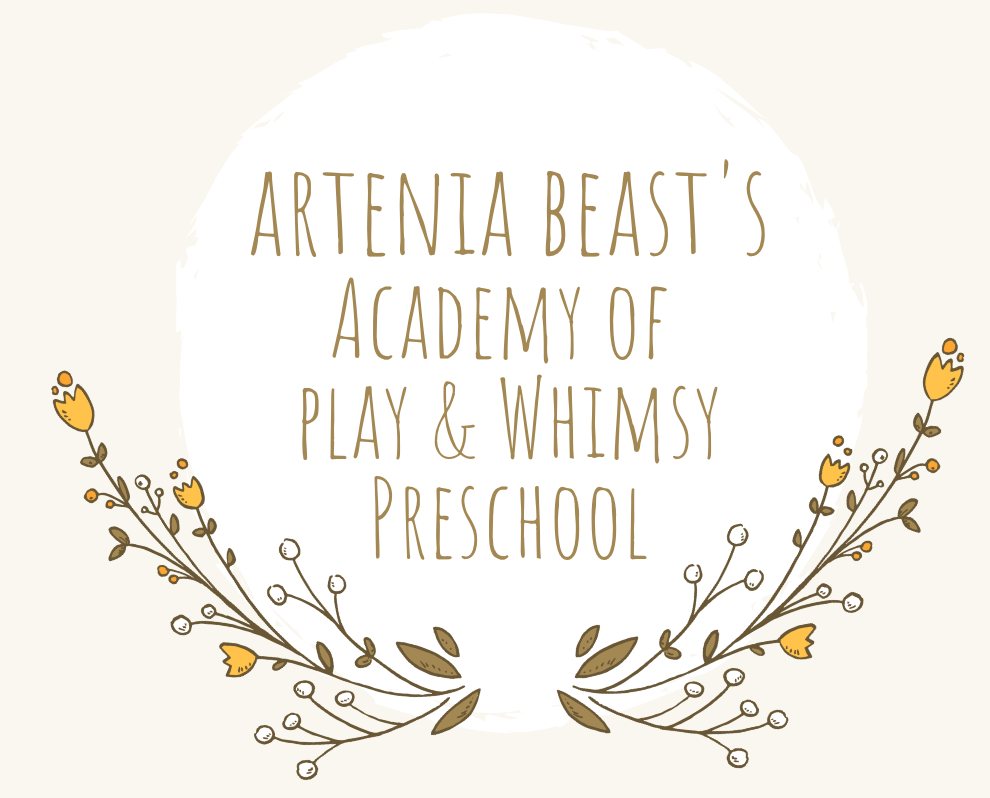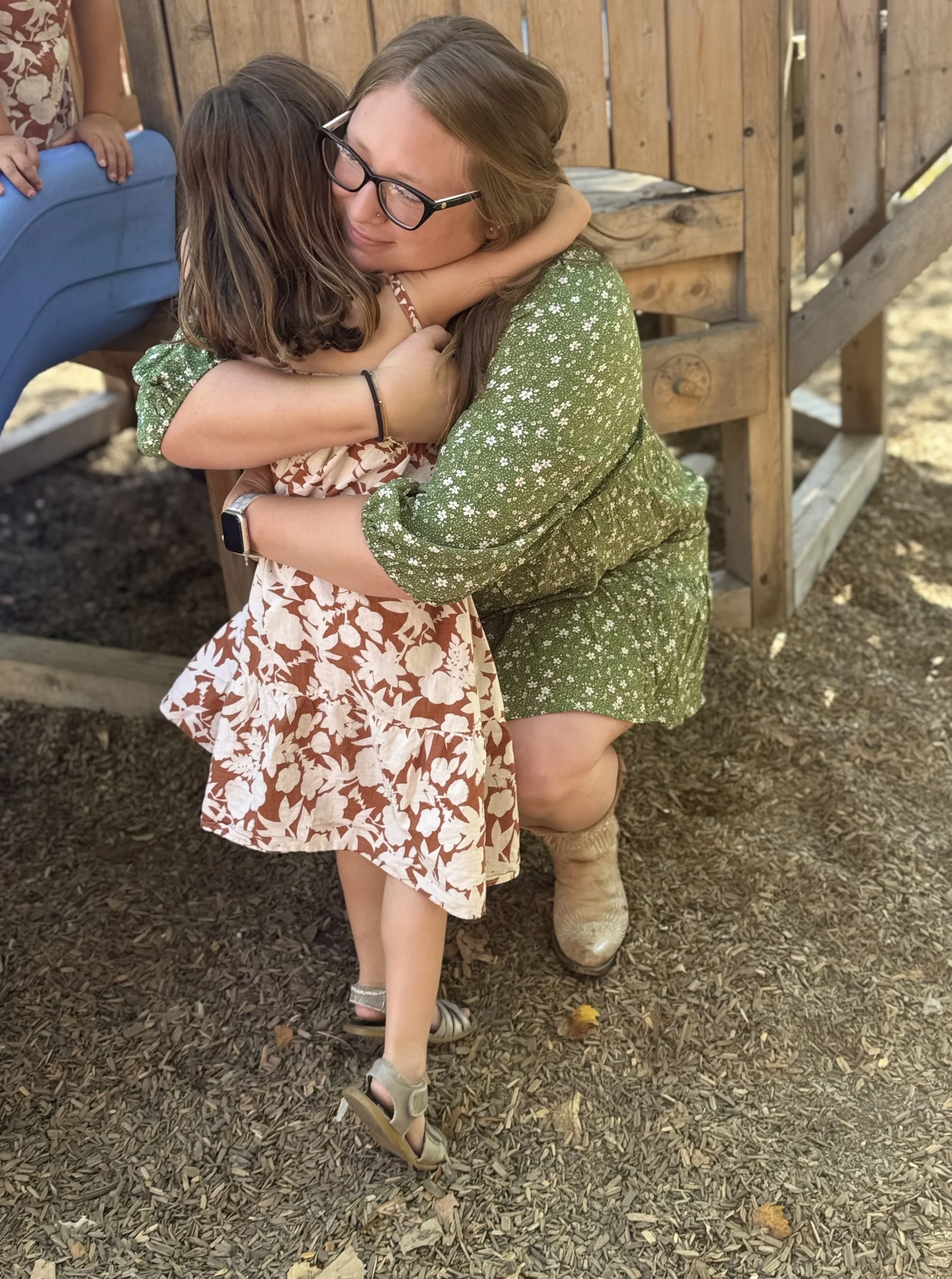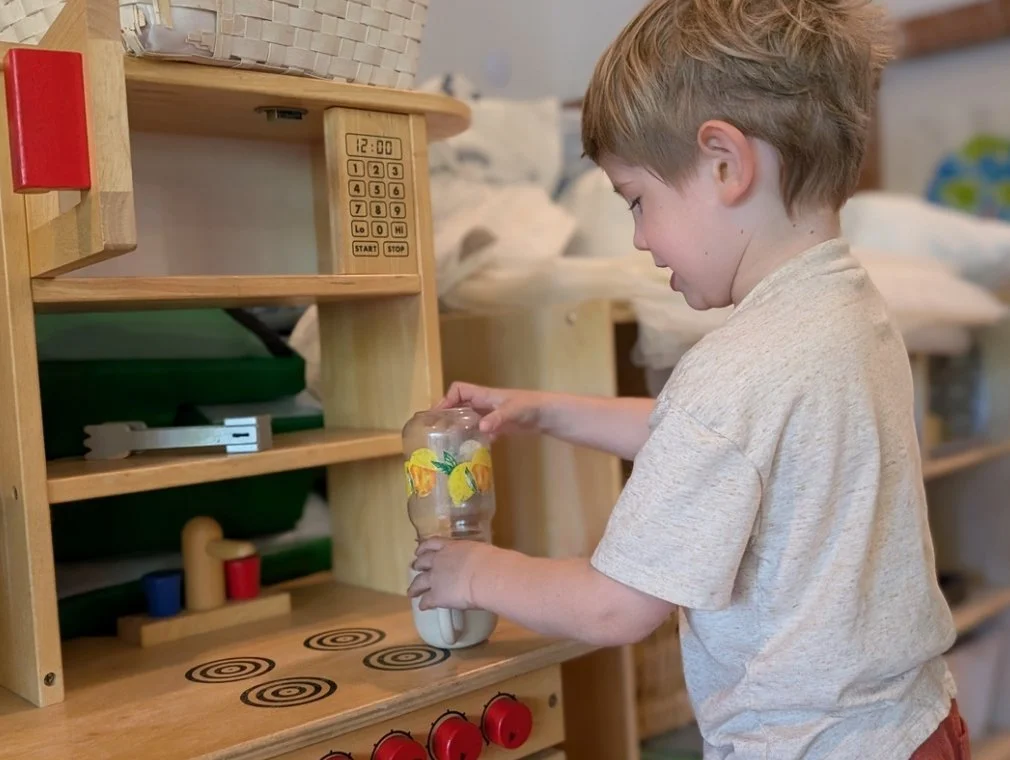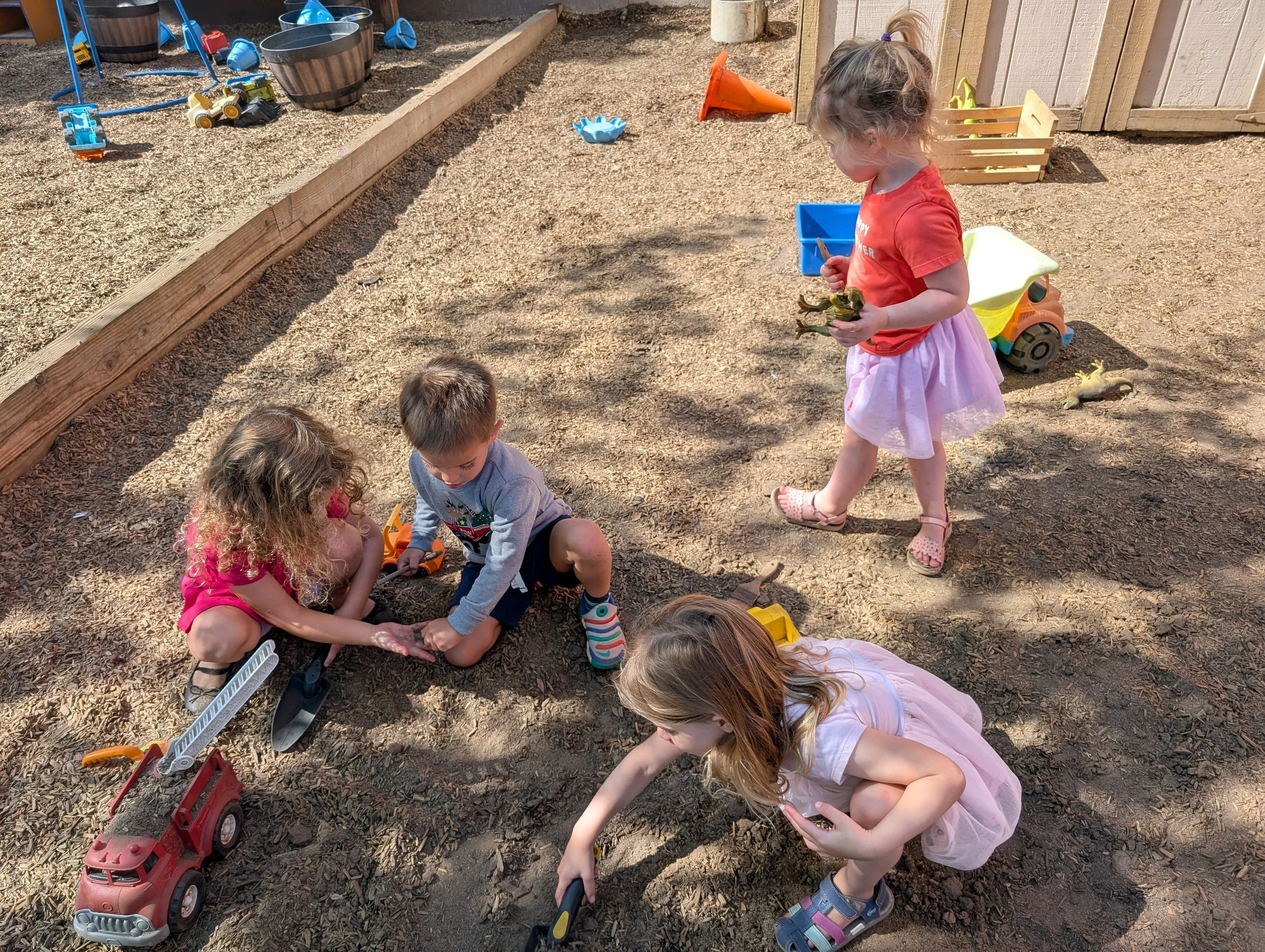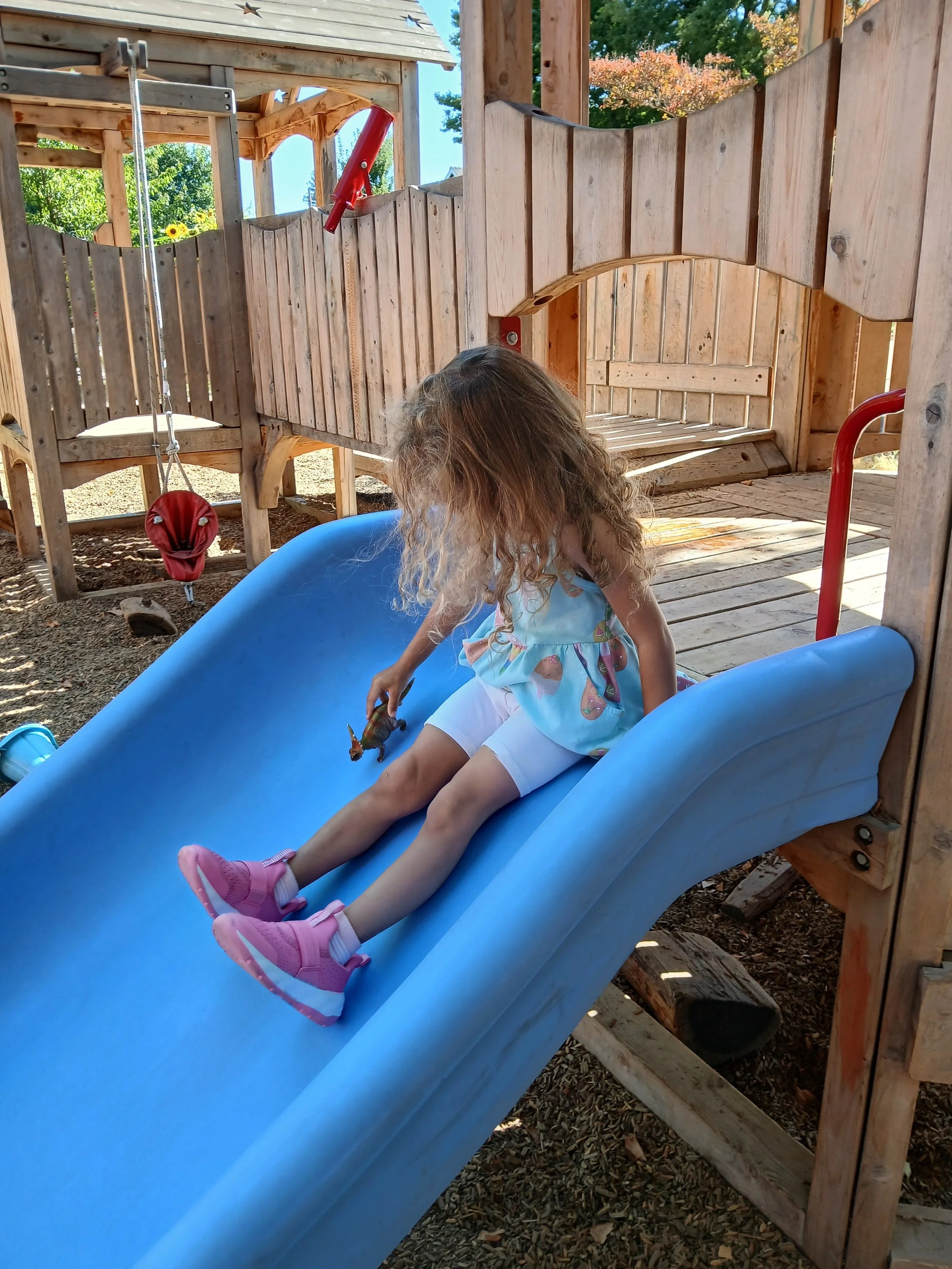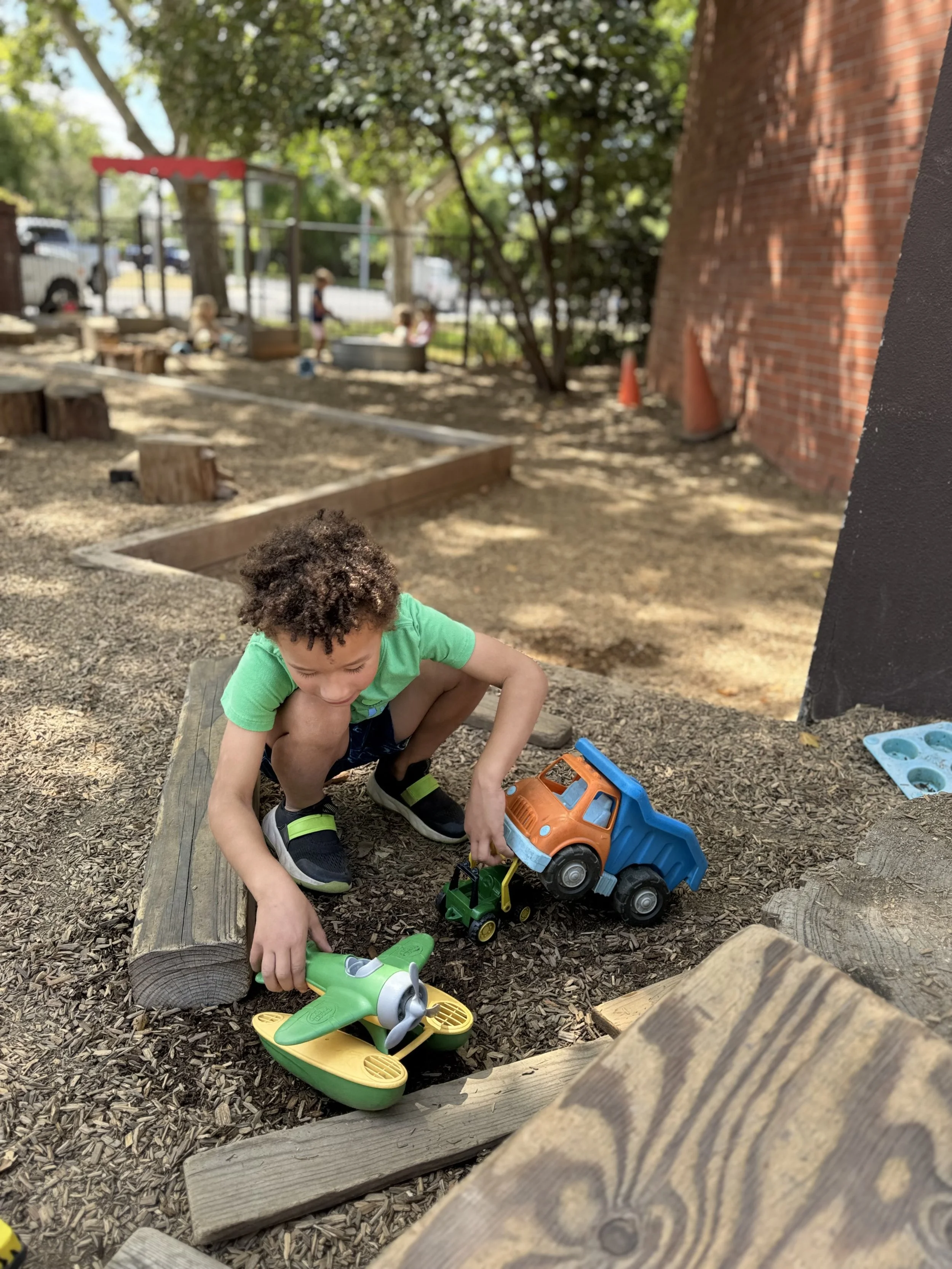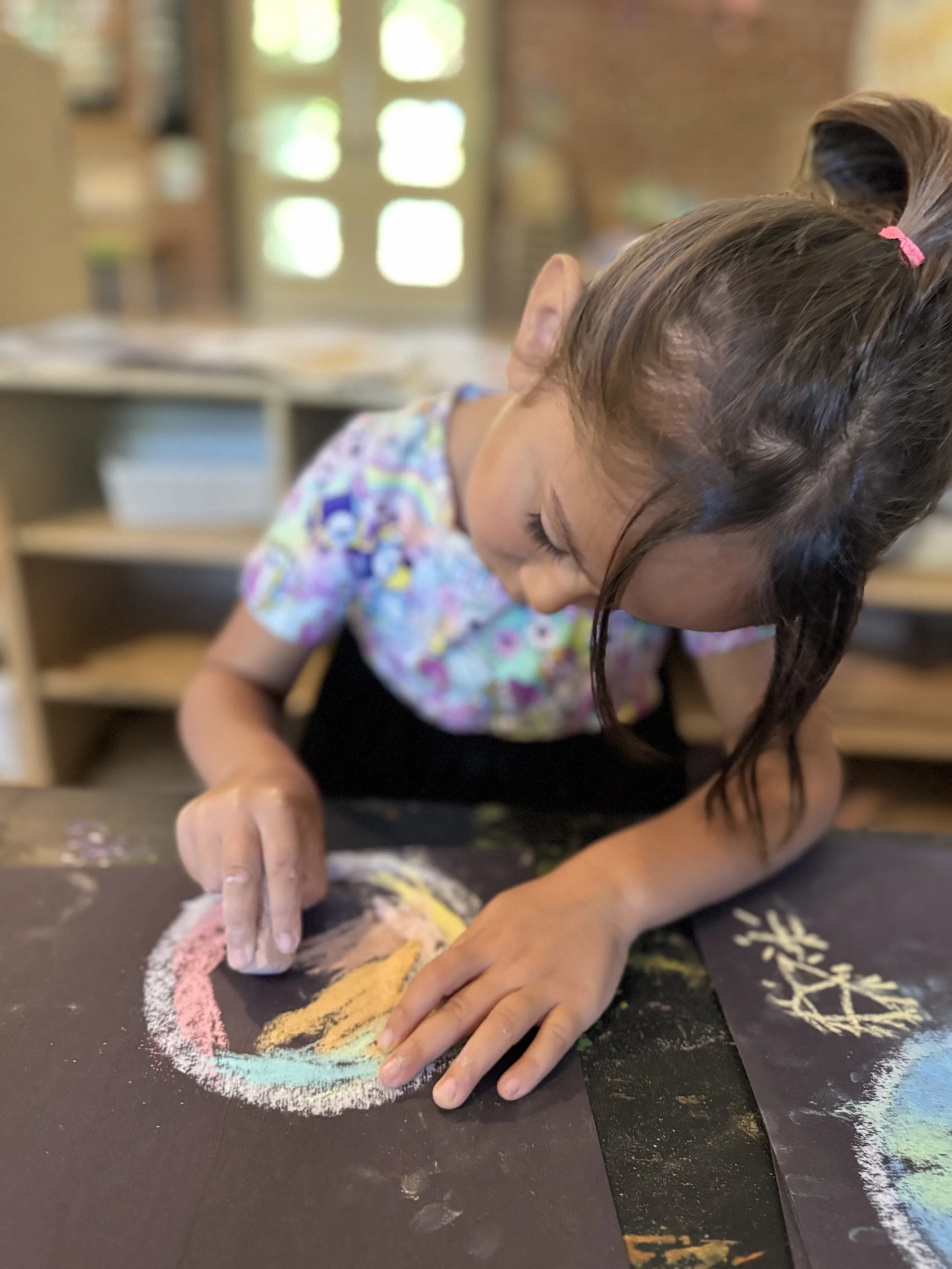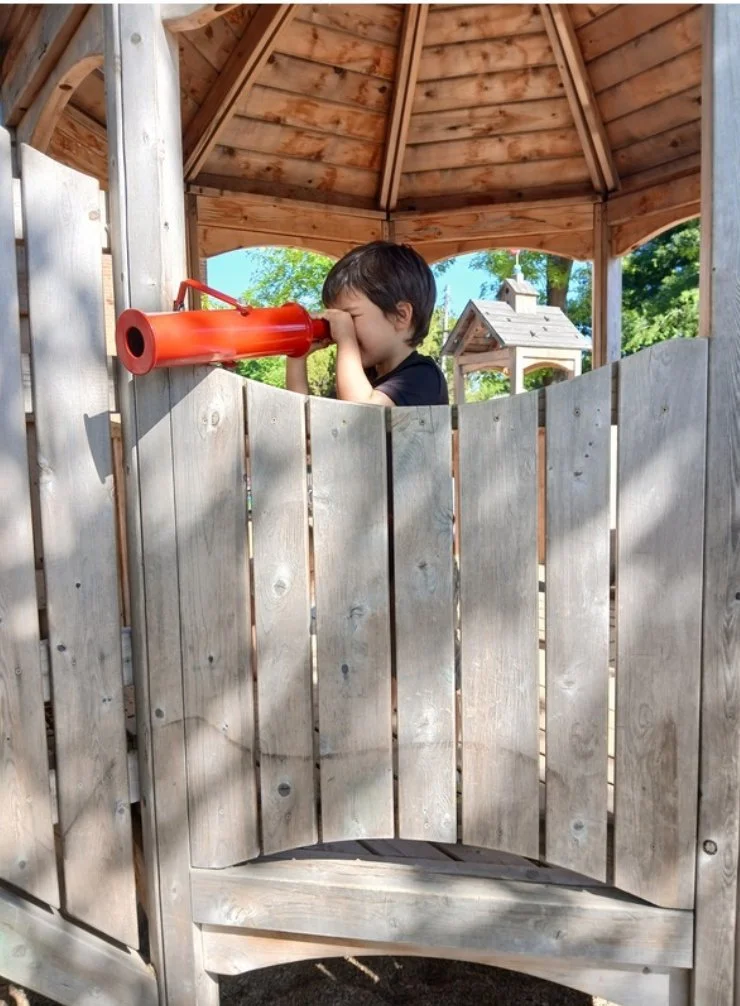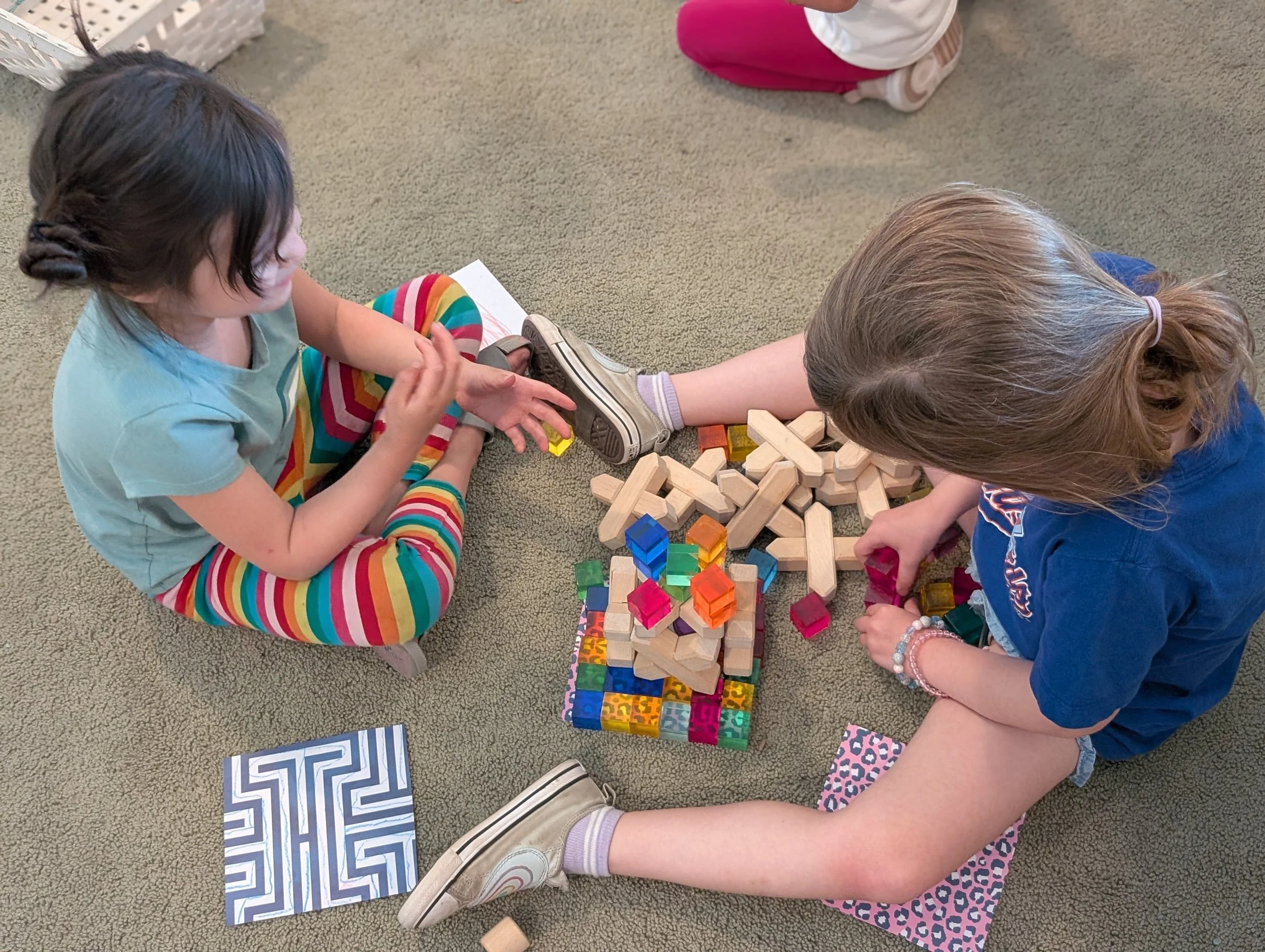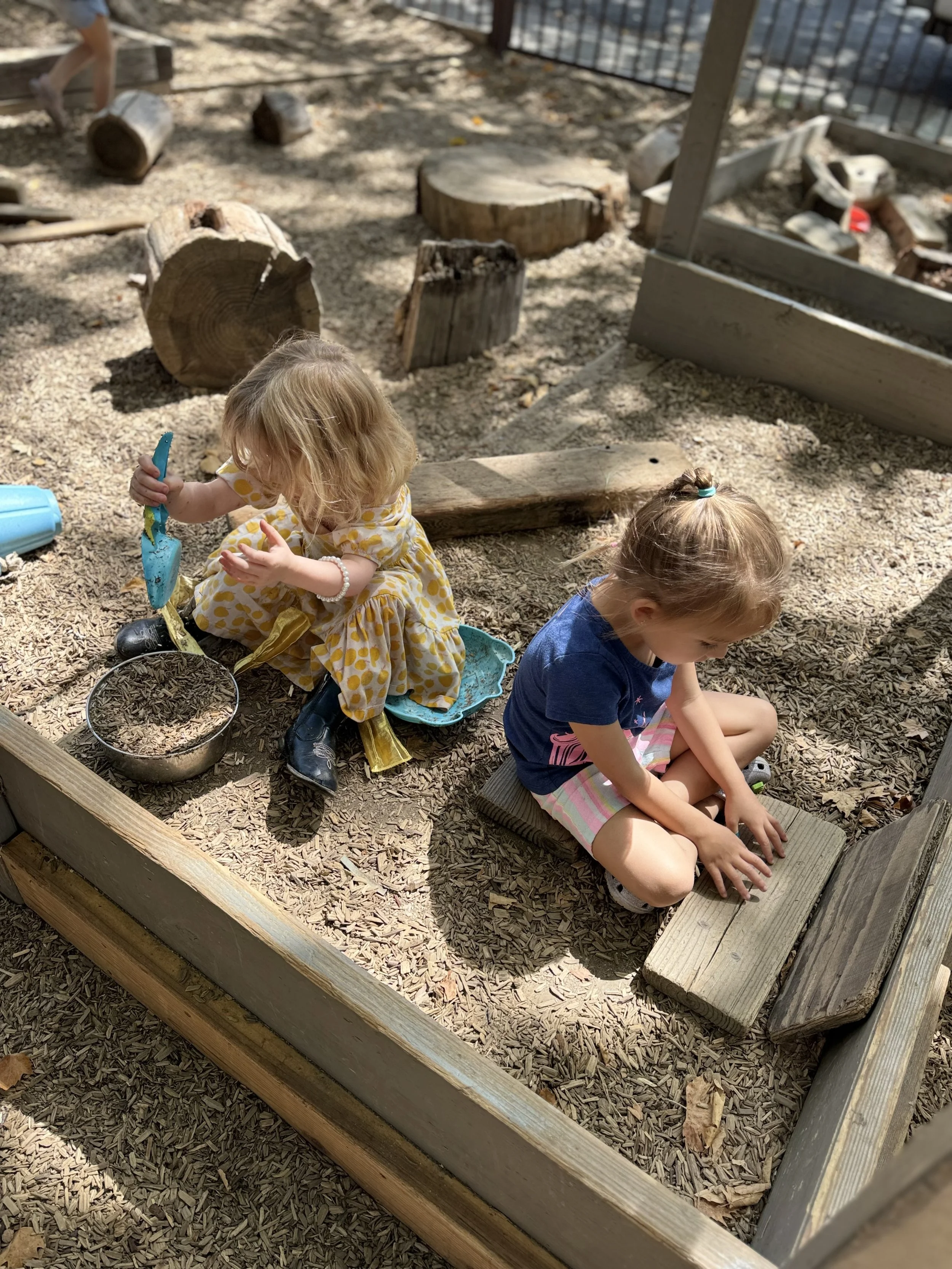Play and School Readiness
Children prepare for kindergarten at our school and here is how we do it.
Play fosters imagination and creativity and this teaches crucial life skills of thinking, and finding solutions to problems. How does play connect to education? Children learn essential life skills through play. They learn collaboration, decision making, resilience, and patience, and problem solving. We embrace the work of Dr. Brazelton and his Touchpoints research. Touchpoints are predictable periods during your child’s development during which your child will do something new, like start to walk, while ceasing a behavior that s/he has been doing for months, such as sleeping through the night. This model of development identifies touchpoints throughout childhood where development seems to accelerate and then backslide, and reassures families that development is not a straight upward line, but an upward climbing path with many ups and downs encountered along the way. This model also recognizes parents/guardians as the experts on their children, and calls upon doctors and teachers to recognize this expertise in partnering to meet the best interests for each child. Our family handbook contains a list of milestones we watch for from birth to 6 years of age. Remember, these are merely averages and each child’s development unfolds on its own timeline. There is no correlation between earlier development of a skill (within the typical range) and later intelligence level. For comprehensive checklists, we recommend this resource: https://pathways.org/topics-of-development/milestones/checklists/
Here is how we approach this work and meet the standards:
Free Play
Free play is play based learning in the purest form. Children select their own items, choose the activity, and engage in the activities that interest them. They may play by themselves or with their peers for however long it holds their interest and in whatever way they choose.
Teacher’s role during free play
Teachers aren’t completely disengaged during this time. They are present to observe, offer supplies, materials and suggestions. In order for “free play” to happen the children need to choose everything themselves.
Guided Play and a teacher’s role
Guided play is when a teacher offers more structure. Teachers step in to offer directions or instructions. Guided play gives an opportunity for teachers to note specific learning outcomes. For example, teachers observe which activities children enjoy or are challenged by and use this as an opportunity to start discussions that lead to further learning and expansion of new ideas.
Teacher Directed Play
In this type of play teachers lead. They determine the lesson, activity, and learning outcomes. The activity should still be activity and play based and hands on (not a work sheet,) but children will receive more direction from the teacher.
Develop Social Emotional Skills
Children learn through play to elaborate, work together to solve problems, and practice empathy. One of the best ways to develop these skills is through dramatic play. When children act out stories, use puppets to express feelings and emotions, it teaches children to recognize and understand those feelings in themselves and in others.
Family Culture and Gender
Children are influenced everyday through how adults perceive them to be, how media perceives them to be, and they are exposed to constant imagery in their daily life of what is expected of them. This is done through gender, race, and socioeconomic status.
Family Culture
Family culture is important to be shared. It is our practice to inquire, show interest, and invite the expertise of our families represented in school. We hope that children are able to contextualize, evaluate, understand and widely accept and learn from a variety of influences as well as have the opportunity to share and celebrate their own family culture with one another.
Gender
Gender expression is a key part of social justice in the classroom. Our school challenges traditional gender roles and ensures that each child, no matter their gender identity, is invited to explore all activities in the classroom and we strive for inclusion. We challenge the idea of “boy” toys or “girl” toys. We believe that school is a place of safety and exploration, and should not be limited by gender stereotypes.
Math, Science, Inquiry Skills
Everyday we tinker, sort, predict, build ramps, examine cause and effect, explore and investigate. When children sort it teaches early organization skills, early math skills, adding and subtracting. Building or construction play builds problem solving fine motor, cooperation and focus. Sensory or texture play- teaches analytical skills. We ask questions about what children see and feel. We ask questions to help children predict- will this sink or float? If we put the car from the ramp what will happen next? Children learn cause and effect through inquiry and hands-on experience. This teaches early learning and is the foundation of critical thinking and math skills.
Exploring Loose Parts
Materials that are loose can be lined up, stacked, carried, redesigned, put back together… it is open-endedness and possibilities that carve out the best opportunity for learning. We collect and curate what they use- sticks, rocks, pinecones, recycled material….and turn it into attractive learning opportunities and invitations. We may offer prompts; How could use these materials to make the letter A? Can you make 10? Would you like to try making a pattern out of these?
Language Skills
A child’s vocabulary grows rapidly in the early years. Through play children and teachers are introducing new words to one another. Teachers support language development through play by asking open ended questions, encouraging children to talk to one another about their play, and by introducing new vocabulary words. This is an example of whole body, engaged learning rather than a vocabulary lesson in early years, children have the opportunity to learn naturally, while engaged in activities that interest them.
Pre-Literacy Skills
When our children are offered music and rhythm, dancing, singing and clapping to a beat this develops early reading skills. They learn to differentiate sounds and syllabals and playing with rhymes and practicing memorization. All of these are beneficial skills that support learning to read.
Sources: Community Play Things, NAEYC, Children’s Museum NH, Touchpoints by T. Brazelton
